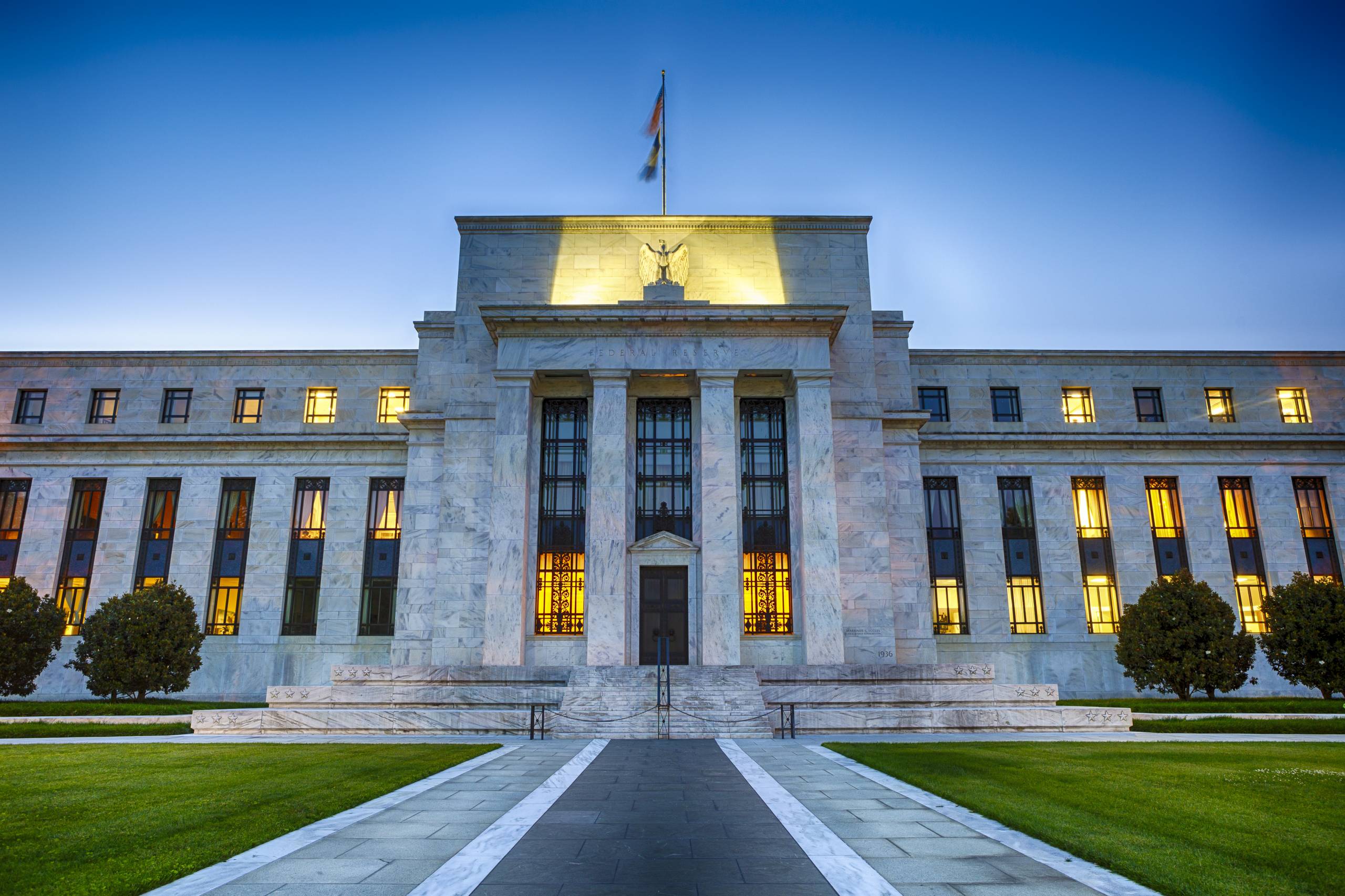If there were ever a symbol of the risk still inherent in the US economy, it’s the Jackson Hole symposium being held virtually for the second year running. Initially billed as an in-person meet, the event was moved online as the recovery from Covid-19 continues to stumble on.
For a core event in the US economic calendar to be held online may have been a sad indictment of the time we’re living in, but the attention of the financial world was on the rhetoric coming from the Fed. The symposium features prominent central bankers and finance ministers, every year focusing on a key economic issue facing the world at that time.
As for the content of the event itself, it was something of a non-event as far as financial risk goes. The much-feared hawkish turn failed to materialise, while the forward guidance implemented by the Fed over the last few months has proven an effective tool in managing market expectations.
Interest and inflation played down
Federal Reserve Chair Jerome Powell was particularly effective, successfully managing to separate the tapering off of bond purchases from the rise in interest rates. The message from the Fed Chair was clear: while you’re likely to see a reduction in bond purchases until the end of the year, this doesn’t mean that interest rates are likely to rise any time soon.
Powell also went to some lengths to dismiss inflationary concerns. Fixing the ongoing supply chain disruptions goes way beyond the remit of the Fed, while the bottlenecks themselves have little to do with an overheating economy.
Would a less accommodative stance, for example, open the ports in China that have been hit by Covid-19 outbreaks? Would it solve the semiconductor chip crisis that has curbed the production of autos and sent used car prices soaring? Would it reverse the five-fold increase in shipping-container costs? Would it lower food prices that have soared because of droughts and worker shortages? Would it address the shortage of truckers that have led to higher transportation costs? The answer to all these questions, unfortunately, is no.
The speech has broadly been perceived as dovish, with the Fed clearly still interested in promoting growth. This will have taken some onlookers by surprise, with many anticipating a hawkish turn. At the beginning of August, for example, a rate hike before the end of 2022 felt like an absolute certainty. Now, it’s probably hovering around the 60/70% mark.
Away from money markets, financial markets took the event in their stride. Realised volatility remains low, with equities and fixed income seeing no dramatic changes.
So, what now?
While the event itself wasn’t particularly groundbreaking, the week after it was much more interesting. The succeeding days shed further light on various different directions of the economy, while simultaneously casting some doubt over the current state of the recovery.
It’s been clear for some time that we faced a peak of economic activity. The economic calendar was busy following Jackson Hole and there were encouraging signs coming from certain areas, like ISM manufacturing.
The job market continues to send mixed signals, muddied by a combination of the impact of the Delta variant, rising wage growth and weak job creation. There is a concern that the increase in hourly wages could contribute to higher-than-expected inflation, though this is yet to fully materialise.
As ever, we’ll be monitoring the situation on behalf of our investors. Moneyfarm’s long term approach means that our customers can feel safe in the knowledge that their portfolios are protected from some of the month-by-month movements in the markets. Our portfolios are fully diversified across geographies, currencies and asset types, which theoretically means that losses in some areas can be offset by gains in others. If you want to see what a Moneyfarm portfolio could do for your long-term finances, take a look at our portfolio page.





